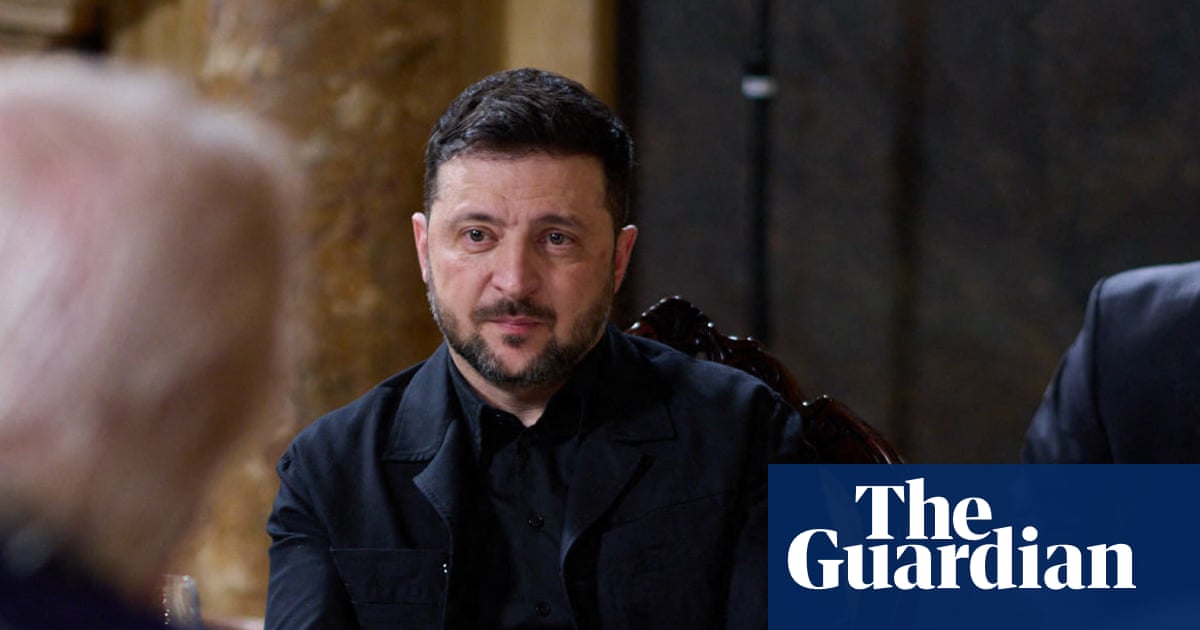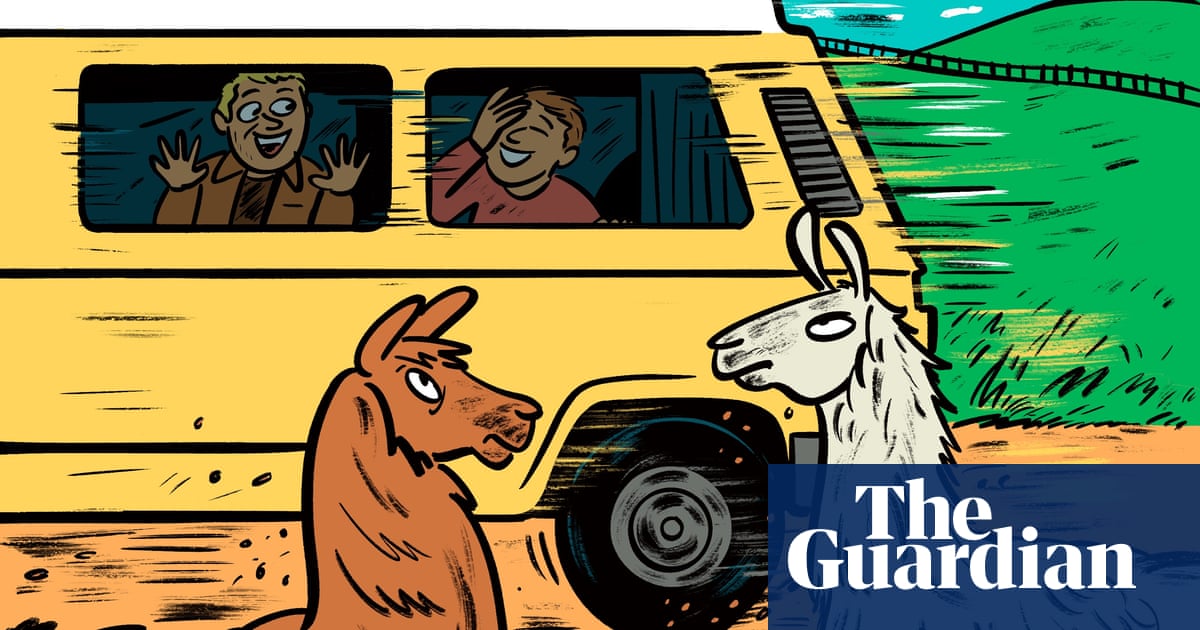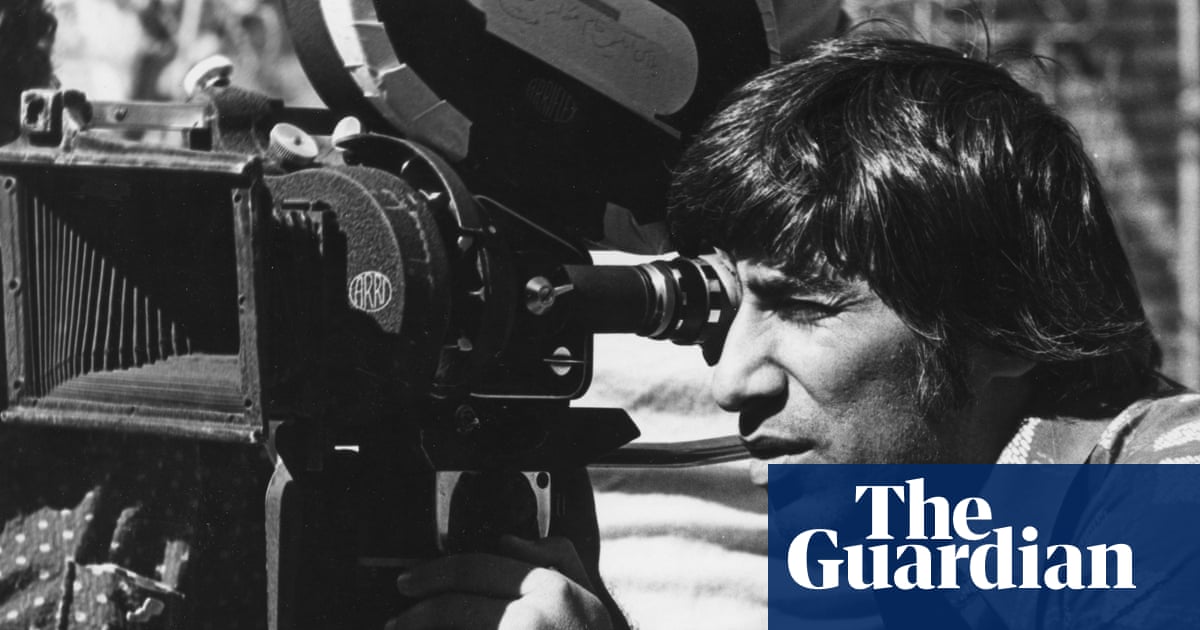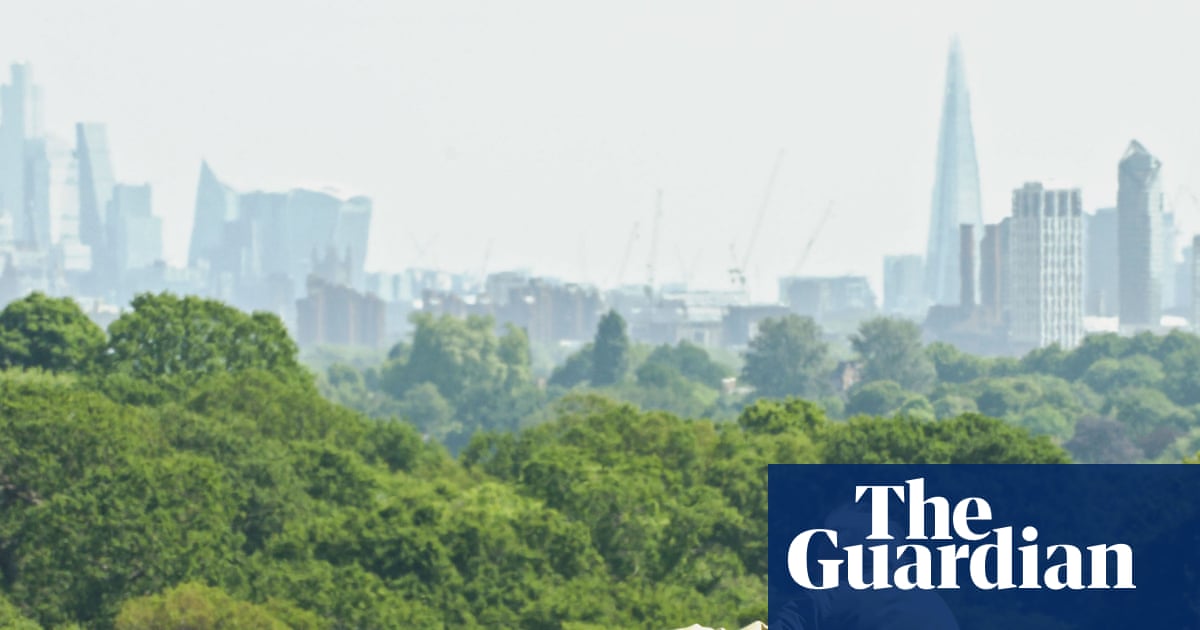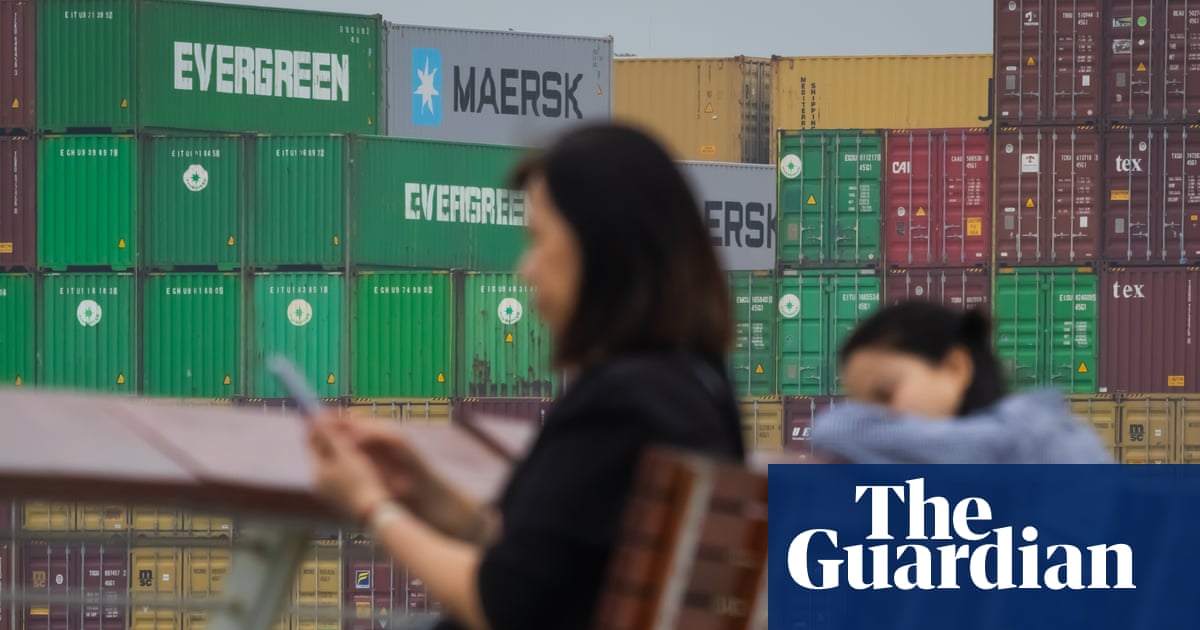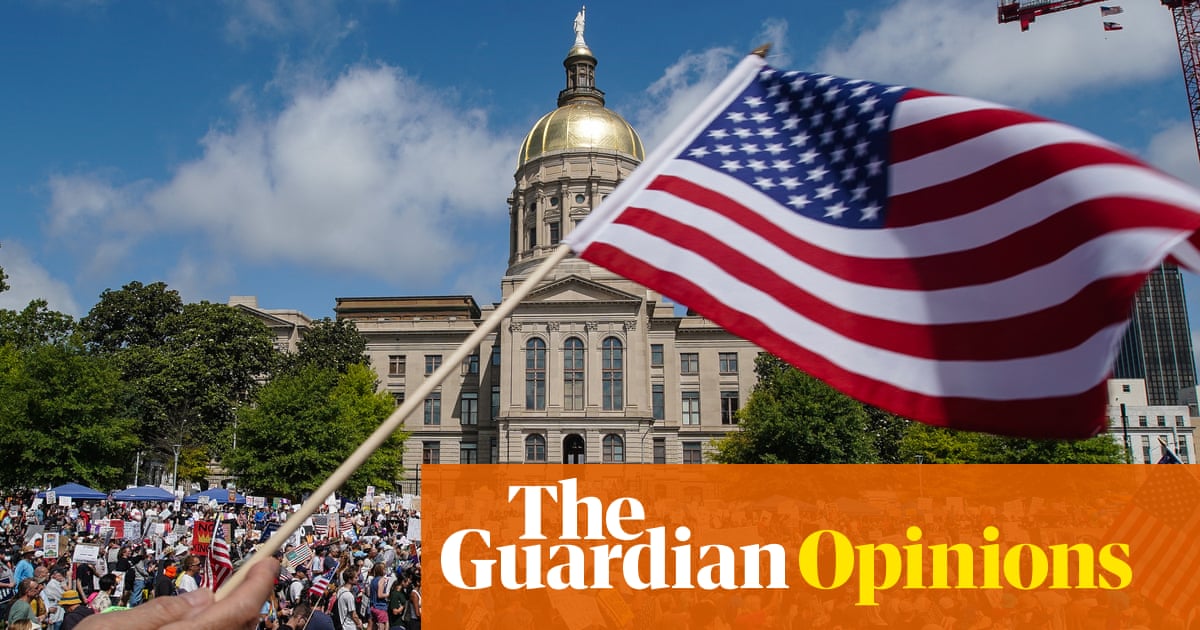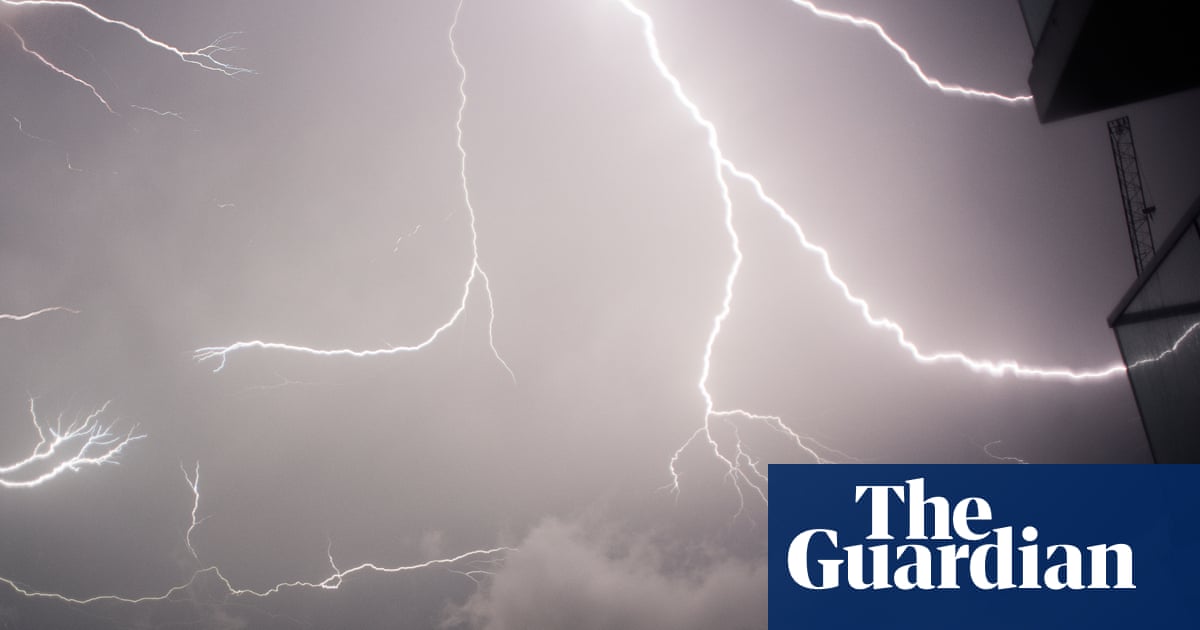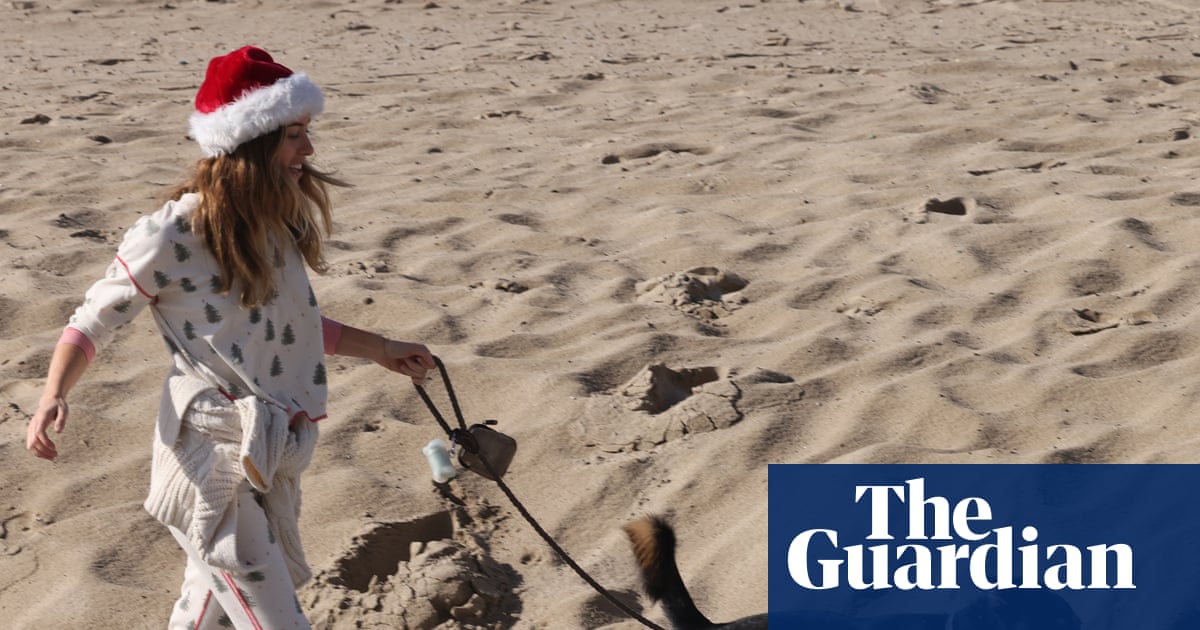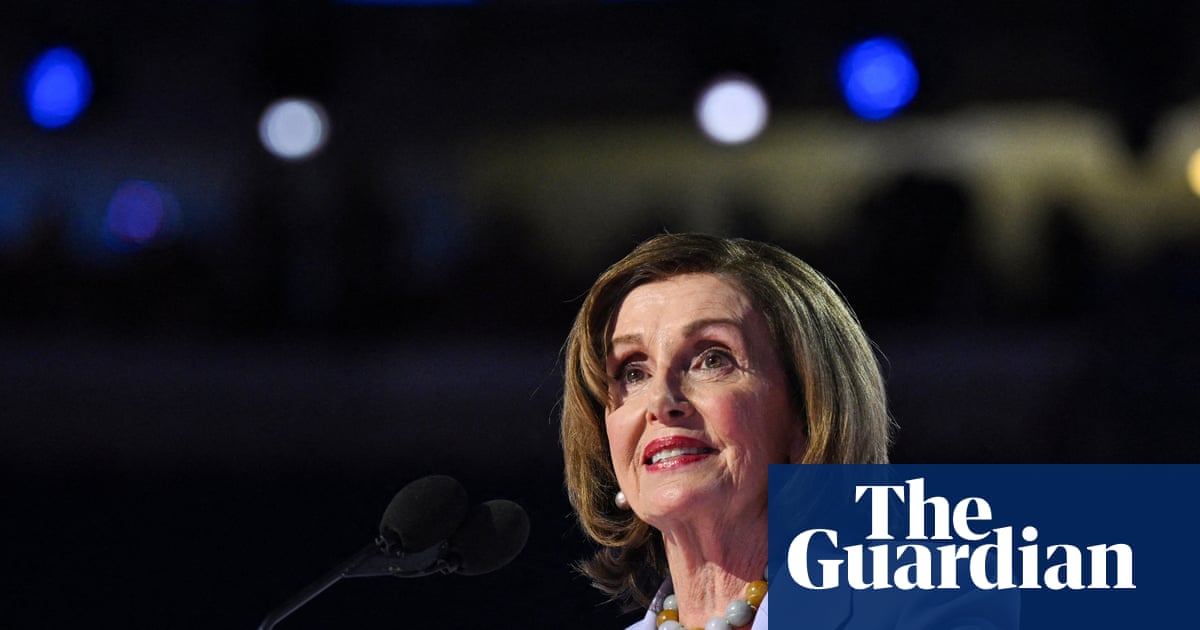For many Australians, the scale of offshore wind projects can be hard to fathom. These powerful machines, designed to harness the strong and consistent winds blowing over the ocean, are colossal, with blade tips reaching up to 350m – higher than our tallest skyscrapers.
If everything falls into place, Australia’s first offshore wind project could have turbines in the water before 2032.
The government has talked up its prospects of playing a huge role in Australia’s energy transition.
“We aren’t just building an industry from scratch,” the energy minister, Chris Bowen, said in 2023. “We are building an industry in which we want to be a world leader.”
“Some may say that’s an ambitious call for a nation with currently zero offshore wind installations.
“Ambitious, yes, but also achievable.”
But those ambitions have begun to look increasingly optimistic in recent months as plans for multiple projects up and down the east coast have collapsed.
In August, Novocastrian Wind decided not to proceed with a feasibility licence for its 2GW project off the coast of NSW, citing both global challenges and project specific-factors. A major investor, Equinor, withdrew after stepping away from other plans off the coast of Tasmania, the NSW south coast and the Illawarra. That followed a decision by BlueFloat Energy in July to surrender its licence for the $10bn Gippsland Dawn project in Victoria.
Some have described the situation as a “mass exodus”.
The industry also faces global uncertainty, partly driven by Donald Trump’s move to suspend new permits and order construction to stop on the near-complete Revolution Wind project.
Bowen acknowledges that progress in some places has proved “harder and slower than we hoped”.
So will offshore wind ever happen in Australia? And if so, on what timeline?
Offshore industry demands government help
The primary hurdles to establishing an offshore wind industry are the upfront cost of installing the technology and uncertainty over future revenue.
Offshore wind is currently 64% more expensive than onshore wind, says Paul Graham, author of the CSIRO’s GenCost report, largely due to the difficulty of installing turbines and infrastructure in the ocean, and the cost of the specialised equipment required.
New technologies also face a cost premium due to the lack of experienced workers in Australia.
“That is something that we will face with any technology that we haven’t built before,” Graham says.
So why do it? Proponents say once established, offshore wind has clear benefits. Compared with onshore, it can be built closer to cities and industrial loads where electricity is needed, which limits the need for new transmission lines. It also takes advantage of strong and consistent sea winds to generate reliable power at times that complement renewables on land.
Morgan Rossiter, the Clean Energy Council’s general manager for offshore wind, says Australia is already “late to join the offshore wind party”.
“We know that in the next 10 years we’ll have 90% of coal retiring, the remainder out to 2040,” she says. “These are really large projects that are going to be able to deliver gigawatt scale capacity.”
Laws enabling the industry – introduced by the Morrison government – have now been put into practice, with the Albanese government declaring six priority zones and 12 feasibility licences.
Rossiter gives the government credit for making huge strides in establishing those policy and regulatory frameworks, but says the industry now needs the focus to shift from enablement to support, with a national strategy and a pipeline of auctions.
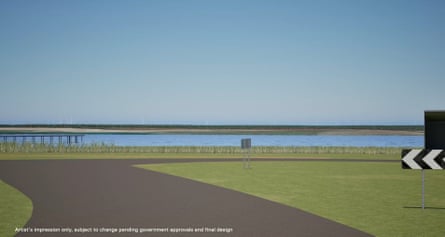
Governments in Europe and the Asia Pacific have used financial mechanisms (such as feed-in tariffs and contracts-for-difference, or CfD) to provide the revenue certainty needed for offshore wind projects to get under way, says Prof Llewelyn Hughes, interim director of the Institute for Climate, Energy and Disaster Solutions at the ANU.
A CfD – between a generator and a government – sets an agreed price for the electricity, providing investors with greater certainty in a potentially volatile market. When the market price falls below the agreed price, government makes up the difference; when it rises above, the company pays.
The need for that kind of support should drop off over time, Hughes says. Some offshore projects in Europe have been able to bid into auctions offering to generate electricity on a non-subsidised basis.
after newsletter promotion
But in the current phase government support is essential, and that means Australia’s first offshore windfarm will almost certainly be built in Victoria. It’s the only state with legislated targets – initially at least 2GW by 2032 – and where feasibility licences for up to 24GW of power have been awarded.
In April, the state’s energy minister, Lily D’Ambrosio, announced details of financial support to help kickstart the industry, with an auction to award a CfD and an availability payment once projects start generating power set to begin in September. Contracts are due to be awarded before October 2026, ahead of the next state election.
“We’re giving industry the certainty it needs to invest and help us start building the renewable energy Victoria needs to push down energy bills,” D’Ambrosio said at the time.
Andy Evans, chair and co-founder of Oceanex, and a veteran of offshore wind in Australia, says Victoria’s auction will be critical to the future of the local industry.
Many of the companies working in Australia are big international players with other options for development, he says. “They’re not going to hang around forever, if they don’t have any certainty on whether they can actually build and recover revenues.
“The market needs to see that something’s happening.”
‘Huge milestone’ ahead
Star of the South, a 2.2GW windfarm proposed off the Gippsland coast in Victoria, has long been the industry’s trailblazer. It’s widely tipped to become the first offshore project built in Australia and a crucial step to unlocking the broader industry.
Up to 150 turbines are proposed within a 586 sq km area of ocean, about 10km offshore.
First proposed in 2017, the project is fast approaching a “huge milestone”, according to Charles Rattray, the chief executive of Southerly Ten, the company behind Star of the South. After years of environmental and technical studies, and having invested tens of millions of dollars, the company is preparing to submit the windfarm for assessment under state and federal planning and environment laws.
Approval, if granted, would be significant. But to progress, the company requires revenue certainty as well as supporting infrastructure such as transmission lines and ports.
“We’re at a really important juncture where the developers and supply chain and everything’s there, ready to advance this industry,” Rattray says. “What’s really important is we maintain momentum.”
Rossiter, from the Clean Energy Council, says communities in regions like Gippsland are eager for new energy jobs in an area where coal is retiring.
The response in other areas, such as the Hunter and Illawarra, has been mixed, with politicians and anti-renewables groups feeding off community concerns over a perceived lack of consultation and uncertainty about potential impacts of offshore wind projects.
Nevertheless, Rattray remains bullish.
“There’s an enormous opportunity for Australia in this industry,” he says. “Thousands of construction jobs in projects like ours and hundreds of long-term high quality regional jobs for projects like ours around operations and maintenance.”
But it will require patience and resilience from experienced investors, he says, as well as close cooperation with local communities to maintain social licence.
“It’s nation-building stuff – it’s going to be challenging.”

 3 months ago
58
3 months ago
58
